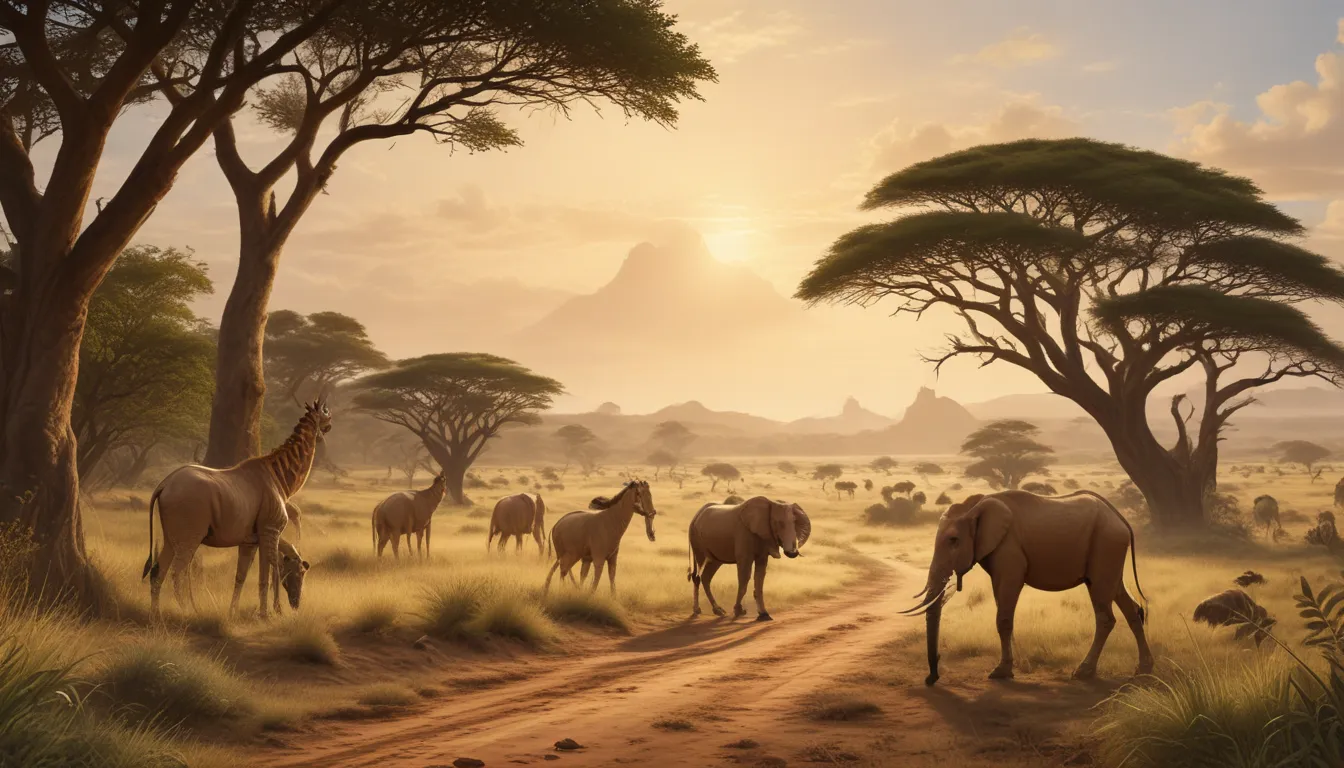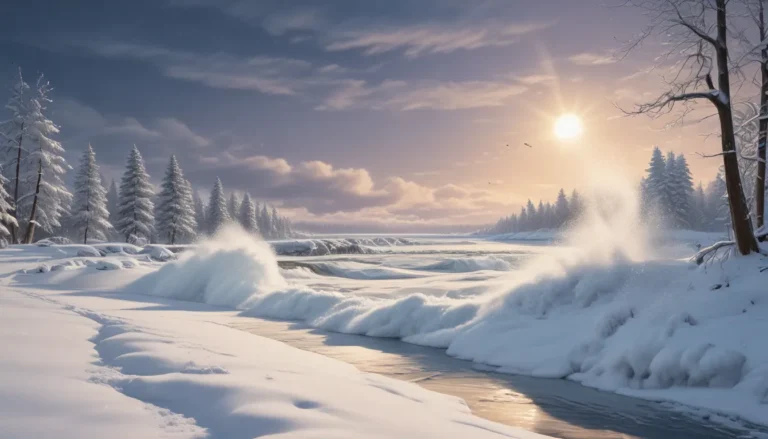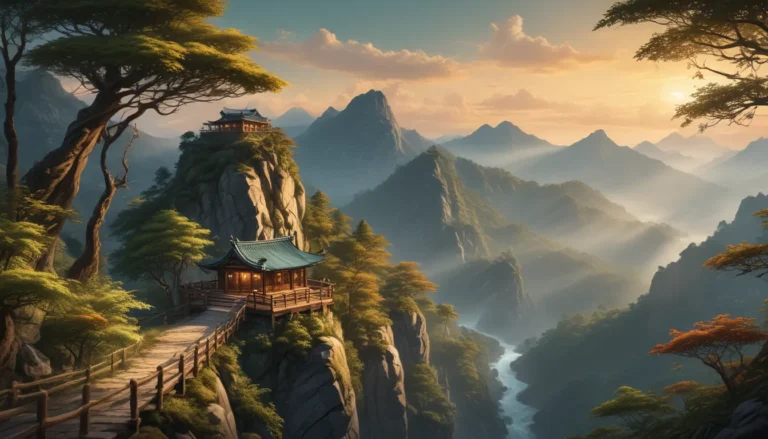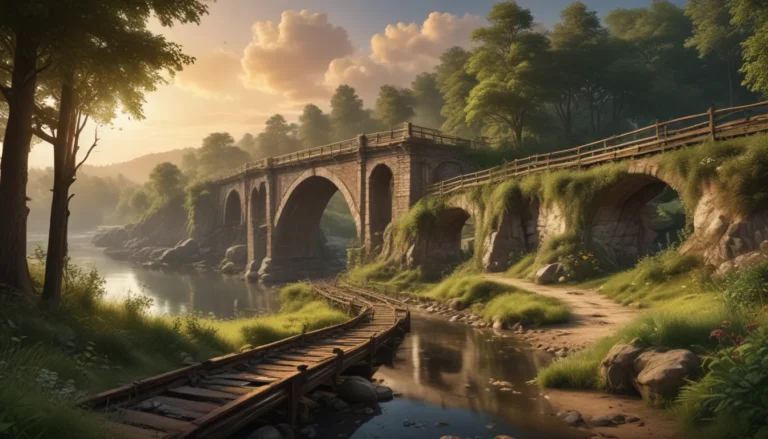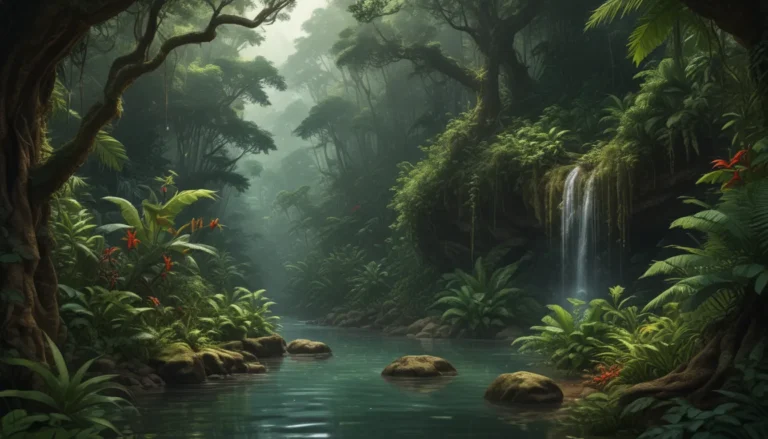A Note About Images: The images used in our articles are for illustration purposes only and may not exactly match the content. They are meant to engage readers, but the text should be relied upon for accurate information.
Welcome to the captivating world of the savanna, a biome that embodies the beauty and complexity of nature. With its vast grasslands and diverse array of wildlife, the savanna is truly a remarkable ecosystem that deserves our admiration. In this comprehensive guide, we will delve into the fascinating facts and features that make the savanna a unique and awe-inspiring landscape.
Unveiling the Global Presence of Savannas
Contrary to popular belief, savannas are not limited to the iconic landscapes of Africa. These grassland ecosystems can be found on various continents, including Australia, South America, and India. Each region boasts its own distinct blend of flora and fauna, contributing to the rich biodiversity of the savanna biome.
Embracing the Cycles of Nature: The Savanna’s Climate
The savanna biome is characterized by its distinctive wet and dry seasons. During the wet season, heavy rainfall rejuvenates the land, while the dry season brings minimal precipitation. These climatic shifts have a profound impact on the life cycles of the savanna’s plants and animals, shaping the ecosystem in unique ways.
The Splendor of Savanna Wildlife
One of the most captivating aspects of the savanna is its diverse array of animal species. From majestic predators like lions, cheetahs, and hyenas to graceful herbivores such as zebras, giraffes, and elephants, the savanna teems with wildlife that has adapted to thrive in its challenging environment.
The Ingenious Plant Adaptations of the Savanna
Plants in the savanna, including the iconic Acacia tree, have developed remarkable adaptations to survive in this harsh landscape. These adaptations include long taproots to access deep water sources, small thick leaves to minimize water loss, and sharp thorns for defense against herbivores.
Harnessing the Power of Savanna Fires
Fires are a common occurrence in the savanna, especially during the dry season. These fires, often sparked by lightning strikes, play a vital role in clearing out dead plant material and promoting new growth. They are an essential element of the savanna’s natural ecosystem.
Celebrating Indigenous Cultures in the Savanna
Numerous indigenous cultures have thrived in the savanna, including the Maasai people of East Africa. These communities have coexisted harmoniously with the wildlife of the savanna for generations, embodying sustainable ways of life that honor and respect the environment.
The Vital Role of Grazing in the Savanna
Grazing is a crucial activity in the savanna, as the vast expanses of grass provide sustenance for herbivores. This abundance of grazers supports a diverse ecosystem of predators, making the savanna a vibrant hub of life and interaction.
Marveling at the Majesty of Termite Mounds
The savanna landscape is adorned with towering termite mounds, some reaching heights of up to 30 feet. These intricate structures serve as homes for termite colonies, regulating temperature and humidity inside. They also provide a valuable food source for other savanna creatures.
Elephants: The Architects of the Savanna
Known as the ‘architects of the savanna,’ elephants play a vital role in shaping the landscape by pushing over trees and uprooting vegetation. Their actions help maintain the balance between grasslands and forests, contributing to the overall health of the savanna ecosystem.
The Ostrich: Giant of the Savanna Skies
The savanna is home to the ostrich, the largest bird in the world. Despite their inability to fly, ostriches are impressively fast runners, reaching speeds of up to 60 mph. These majestic birds are a testament to the diversity of life in the savanna.
Delving into Carnivore Competition in the Savanna
Carnivores in the savanna, including lions, cheetahs, and hyenas, often compete for food resources. This competition leads to fascinating dynamics and interactions between predator species, highlighting the complex web of life in the savanna.
The Savanna: A Haven for Bird-Watchers
With over 500 bird species in the African savanna alone, these ecosystems are a paradise for bird-watchers. From vibrant sunbirds to majestic eagles, the savanna skies are alive with a kaleidoscope of avian wonders waiting to be discovered.
The Environmental Impact of the Savanna
Despite not being as dense as rainforests, savannas play a crucial role in carbon sequestration by absorbing carbon dioxide from the atmosphere. This helps mitigate climate change and underscores the importance of preserving the savanna’s unique ecosystem.
Navigating the Challenges of Water Scarcity in the Savanna
Water sources can be scarce in the savanna, especially during the dry season. This scarcity leads to thrilling wildlife sightings at watering holes, where animals gather in large numbers to quench their thirst and engage in dynamic interactions.
The Baobab Tree: Symbol of Resilience in the Savanna
The Baobab tree, also known as the ‘Tree of Life,’ is a prominent feature of the savanna landscape. These majestic trees can live for thousands of years, providing essential resources for many savanna species and serving as a symbol of resilience in the face of adversity.
The Savanna: A Unique Transitional Biome
Often considered a transitional biome between tropical rainforests and deserts, the savanna blends unique species and ecological traits from both environments. This creates a diverse and dynamic ecosystem that is unlike any other on Earth.
Experiencing the Wonders of Migration in the Savanna
One of nature’s most spectacular events, the Great Migration, unfolds in the savanna each year. Over 1.5 million wildebeest, zebras, and gazelles traverse the Serengeti plains in search of fresh grazing grounds, creating a breathtaking display of movement and natural harmony.
Safeguarding the Future of the Savanna
Despite its beauty and biodiversity, the savanna faces various threats, including climate change, habitat fragmentation, and poaching. Conservation efforts are essential to protect this remarkable biome and ensure the survival of its inhabitants for generations to come.
The Savanna in Popular Culture
The savanna has captured the imagination of people around the world and has been immortalized in various forms of popular culture, including movies like “The Lion King.” These portrayals serve to raise awareness of the savanna’s beauty and importance, fostering a global appreciation for this awe-inspiring landscape.
In conclusion, the savanna is a biome that continues to astonish and inspire with its diverse wildlife, unique plant adaptations, and captivating ecological dynamics. As we delve deeper into the wonders of the savanna, let us remember the importance of preserving this breathtaking landscape for future generations to enjoy and appreciate.
We are deeply committed to providing you with accurate and engaging content that reflects the diverse insights and knowledge of our community. Each fact shared on our site is contributed by real users like you, ensuring a wealth of authentic information. Our dedicated editors meticulously review each submission to uphold the highest standards of accuracy and reliability. Trust in our commitment to quality and authenticity as you embark on your journey of exploration and discovery with us.
